Efficient Bed Disposal Through Council Large Item Collection
Understanding Bed Disposal
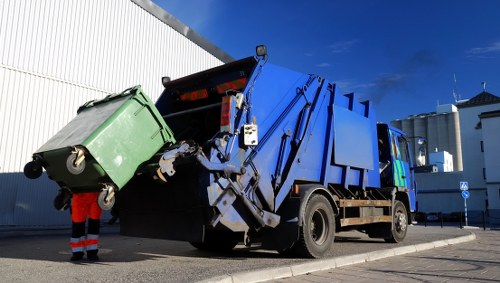
Disposing of an old bed can be a daunting task, especially considering the size and materials involved. Proper bed disposal ensures that you contribute to environmental sustainability while adhering to local regulations.
Many households accumulate unwanted furniture, and beds are often among the largest items that require special attention during disposal. Understanding the options available through your local council can make the process seamless.
Before initiating bed disposal, it's essential to know the guidelines set by your council. These guidelines are designed to facilitate efficient waste management and recycling processes.
Council Large Item Collection Services
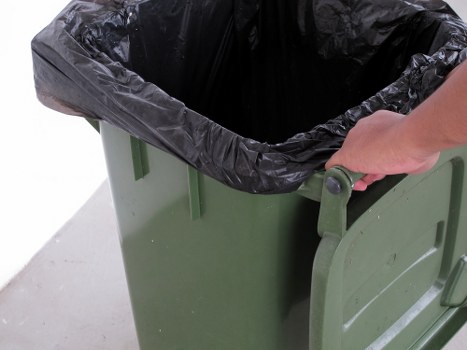
Most councils offer a large item collection service that includes the disposal of bulky items like beds. This service is typically scheduled on specific days, allowing residents to plan accordingly.
To utilize the council's large item collection, you must first determine if your council provides this service and understand the booking process. Some councils require advance reservations, while others may have a specific schedule.
It's also important to note any restrictions or fees associated with bed disposal. While some councils offer free collection for certain items, others may charge a nominal fee based on the size and type of the item.
Steps to Schedule a Bed Disposal
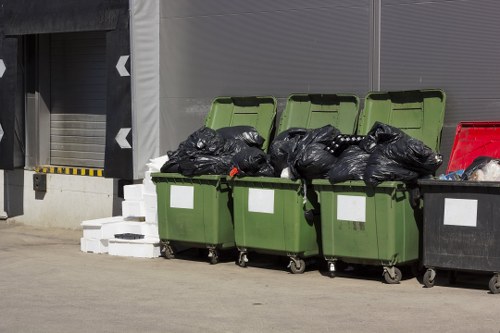
Scheduling a bed disposal through your council involves several steps to ensure a smooth and efficient process:
- Contact Your Local Council: Visit your council's website or call their waste management department to inquire about large item collection services.
- Book a Collection Date: Choose a convenient date for the collection. Some councils offer online booking systems, making the process straightforward.
- Prepare the Bed for Collection: Disassemble the bed if possible, removing any detachable parts like mattress, headboard, or footboard to facilitate easier handling.
- Place the Bed Outside: On the scheduled day, ensure the bed is accessible and placed at the designated collection point, typically the curbside or specified area.
Following these steps ensures that your bed is collected without any issues, minimizing inconvenience.
Preparing Your Bed for Collection
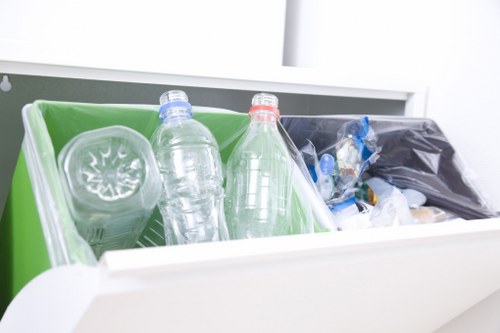
Proper preparation is key to successful bed disposal. Here are some tips to get your bed ready for the council's large item collection:
- Disassemble the Bed: Remove all components, including the mattress, box spring, and any additional parts. This makes transportation easier for the collection team.
- Secure Loose Parts: Use straps or ties to keep disassembled parts together, preventing them from scattering during collection.
- Clean the Bed: While not mandatory, cleaning the bed before disposal is a considerate practice, especially if the items are to be reused or recycled.
- Protect Flooring: If the collection occurs at a higher level, protect your floors from scratches or damage by moving items carefully.
What Can and Cannot Be Disposed
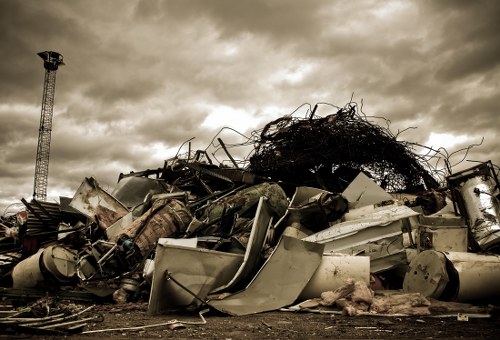
Understanding what can and cannot be disposed of through council large item collection is crucial. While beds are generally accepted, certain components or materials may not be:
- Mattresses: Some councils have specific guidelines for mattress disposal due to their potential waste and recycling challenges.
- Electronic Components: Beds with built-in electronics, like smart beds, may require separate disposal methods.
- Hazardous Materials: Items containing hazardous substances, such as certain chemicals or treated woods, are typically excluded from standard large item collections.
Always consult your local council's disposal guidelines to ensure compliance and proper handling of all materials.
Alternative Bed Disposal Options
If the council's large item collection doesn't meet your needs, there are alternative methods for bed disposal:
- Recycling Centers: Many materials in a bed, such as metal frames or wood, can be recycled. Check with local recycling centers for specific requirements.
- Donation: If the bed is still in good condition, consider donating it to charity organizations or shelters. This not only aids those in need but also reduces waste.
- Private Removal Services: Several private companies specialize in large item disposal. While this option may incur higher costs, it offers flexibility and convenience.
Choosing an alternative method can provide more control over the disposal process and may be more environmentally friendly.
Environmental Impact of Bed Disposal

Proper bed disposal has significant environmental implications. Disposing of large items responsibly reduces landfill waste and promotes recycling and reuse.
Recycling components like metal and wood not only conserves natural resources but also minimizes energy consumption associated with producing new materials.
Additionally, donating usable beds extends their lifecycle, providing value to others and decreasing the demand for new products.
Cost Considerations

The cost of bed disposal can vary based on several factors, including the size of the bed, the materials it's made from, and the disposal method chosen.
Many councils offer free large item collection services for standard items, but there may be charges for oversized or exceptionally heavy items.
Private removal services typically charge based on the volume and complexity of the disposal, so it's advisable to obtain quotes before proceeding.
Tips for Hassle-Free Bed Disposal

To ensure a smooth bed disposal experience, consider the following tips:
- Plan Ahead: Schedule your disposal in advance to avoid last-minute hassles.
- Follow Guidelines: Adhere strictly to your council's disposal guidelines to prevent delays or additional charges.
- Stay Organized: Keep all necessary paperwork, such as booking confirmations, readily accessible.
- Consider Timing: Choose a collection time that minimizes inconvenience to your household and neighbors.
Benefits of Using Council Large Item Collection

Utilizing the council's large item collection service offers numerous benefits:
- Convenience: The service is typically well-organized, reducing the effort required on your part.
- Cost-Effective: Many councils provide this service for free or at a low cost.
- Environmental Responsibility: Proper disposal methods support recycling and waste reduction initiatives.
- Regulatory Compliance: Using official channels ensures you comply with local disposal regulations.
Frequently Asked Questions

To address common concerns, here are some frequently asked questions about bed disposal through council large item collection:
How often does the council schedule large item collections?
Council schedules can vary, but typically large item collections occur weekly or bi-weekly. It's best to check your local council's schedule.
Can I dispose of a mattress along with my bed?
Many councils allow mattress disposal, but it's essential to confirm as some have specific guidelines or separate collection schedules.
Are there any items I should remove before placing the bed out for collection?
Yes, remove any detachable parts such as mattresses, box springs, and hardware to streamline the collection process.
Conclusion: Simplify Your Bed Disposal
Disposing of a bed doesn't have to be overwhelming. With the support of your local council's large item collection service, you can manage the process efficiently and responsibly.
By following the outlined steps and guidelines, you ensure that your old bed is disposed of in an environmentally friendly manner, contributing to sustainable waste management practices.
Contact us today to schedule your bed disposal and make your home clutter-free with ease.
